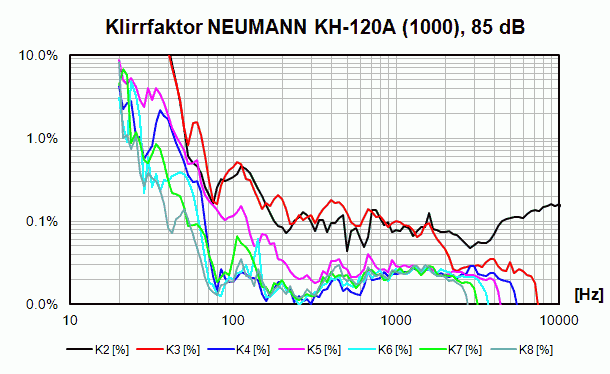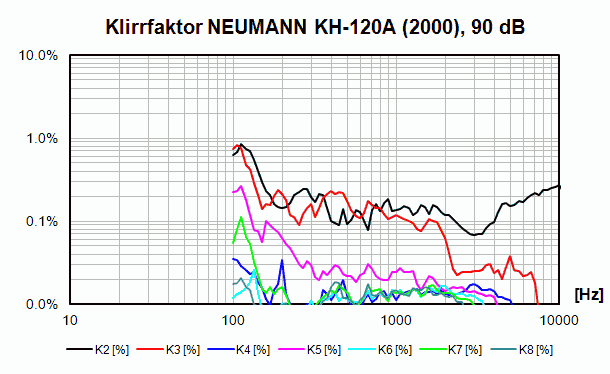KaiserSoze
Addicted to Fun and Learning
- Joined
- Jun 8, 2020
- Messages
- 699
- Likes
- 592
I did audition the LYD-48 at one of my local dealers. They did sound amazing to me, although consider this a very biased opinion as I am kinda a fan of Dynaudio. What I love the most about them is the specious soundstage they create.
I split tested them with the Neumann KH310 (which is also an awesome 3-way speaker). I preferred the LYD-48 over it. Although, from what I have been told, with the switches on the back, you can basically make KH310 sound to your personal preference.
Basically, you can't go wrong with both of them. The mids on the KH310 are crazy-good.
To satisfy my curiosity I Gurgled the price for the KH310, and after I learned enough to avoiding confusing the KH310 with the one that has digital inputs (310D), it looks like the price for the KH310 is $2,200, vs. $1,150 for the LYD-48. The total amplifier power of the KH310 is +2 dB vs. the LYD-48. Ordinary differences in efficiency and sensitivity for two different brands/models of speaker are often greater than 2 dB, so it wouldn't make a lot of sense to pay much attention to the difference in amp power without also comparing the measured sensitivity of both speakers. There is no doubt something else that someone else would point out, but given the information I have, the LYD-48 appears to be a substantially better value.



 This series (all the way back to the K+H O104) came about due to public broadcasters' needs for a compact monitor, presumably for mobile studio use and such. (If memory serves they didn't get that contract though... went to ME Geithain or Genelec at the time, which was a bit of a shock to K+H who had been a long-time preferred supplier.) IOW, making them as small as they are was kind of the point - the woofer is about as big as it can get already.
This series (all the way back to the K+H O104) came about due to public broadcasters' needs for a compact monitor, presumably for mobile studio use and such. (If memory serves they didn't get that contract though... went to ME Geithain or Genelec at the time, which was a bit of a shock to K+H who had been a long-time preferred supplier.) IOW, making them as small as they are was kind of the point - the woofer is about as big as it can get already.